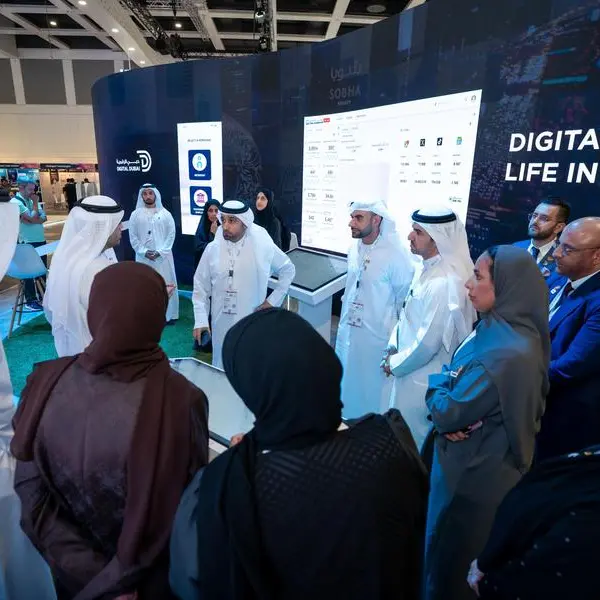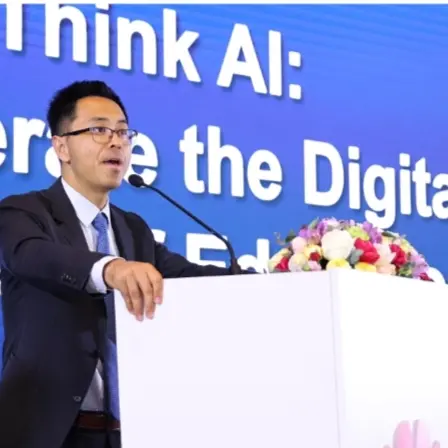Vehicle electrification is one of the greatest developments in the automotive sector. Increasing apprehension about environmental fortification has prompted the research that greatly propelled the electric mobility around the globe. Vehicle-to-grid (V2G) is a technology that permits energy to be pushed back from the battery of an electric vehicle to the power grid. It is a system that has ability of bi-directional and controllable electrical energy flow among vehicle and electrical grid. The spread of the vehicle to grid technology market is now intensifying to homes, schools, and fleets.
The vehicle-to-grid technology market size was estimated at US$ 1.21 billion in 2020 and is projected to reach US$ 17.43 billion by the end of the year 2027 at a steady CAGR of 48% during the forecast period 2021 to 2027, according to the latest analysis by Precedence Research.
Growth Factors
Increasing awareness for smart power generation coupled with rising adoption of autonomous vehicles has significantly triggered the demand for V2G technologies.
Governments are expected to expand incentives to accelerate the adoption of battery-powered vehicles resulting in an expansion of the V2G market.
However, the high initial cost of the technology is expected to hinder the market growth. In addition, harsh driving pattern of the motorist may decrease the performance of the autonomous vehicles that again leads to restrict market growth. Repairing companies, automobile owners, and oil industries show resistance to the high cost of existing technology. Nonetheless, the increased battery life and change of preference in the customer’s choice expected to fuel the market in the coming years.
Regional Snapshots
North America and Europe are the major markets in the global V2G technology market. Early adoption for new technologies and environmental awareness among the public are the key factors contributing to the market growth.
Technological advancement and high per capita income are other prime factors accelerating the market for electric vehicles and thus V2G technology market.
From past records, Europe has taken major initiatives in the deployment of electric vehicles and V2G technology. For instance, in September 2019, Nissan Motor Co. Ltd., a Japanese automotive giant announced to work with a French utility company EDF Group to accelerate the adoption of electric vehicles across Europe through smart charging.
Asia Pacific is projected to offer explicit growth during the forecast period. Several Asian countries such as China, Japan, and India are participating in green revolution and are investing significantly in the smart solutions that trigger the market growth.
As per a research study conducted by Morgan Stanley in 2019, Chinese government has planned to invest $800 billion in autonomous electric vehicles, high-speed rail, smart grid technology, powerful 5G networks shared mobility, and big data technologies by 2030.
Key Players & Strategies
The global V2G technology market poses high competition with significant on-going developments in the market. The market players are increasingly focused on establishing their strong footprint in the electric vehicle and V2G market.
In February 2019, OVO Energy Ltd announced that Mitsubishi Corporation invested in the company at an exchange of a 20% stake in the business. The company has the intention to invest the amount in an emerging market in Asia Pacific and Europe for the acceleration of intelligent energy technologies in the regions.
Some of the key players of the market are Nissan Motor Corporation, Mitsubishi Motors Corporation, NUVVE Corporation, ENGIE Group, OVO Energy Ltd, Group Renault, and Honda Motor Co., Ltd among others.
Report Highlights
- North America and Europe are the prime revenue contributors to the global vehicle-to-grid technology market. Government initiative in terms of incentives offered by them to promote the electric vehicle adoption in the region. Furthermore, the auto-manufacturers in the regions are offering long-term warranty to their customers that again fuel the market growth.
- Asia Pacific seeks opportunistic growth during the forecast period owing to green revolution drives in several countries. China, Japan, and India are some of the Asian countries that have invested significantly in the smart mobility solutions.
- Battery Electric Vehicles (BEVs) captured significant revenue share in the global vehicle-to-grid technology market in 2019. The main factor behind this is the early implementation of vehicle-to-grid technology in the vehicle. On the other hand, Plug-in Hybrid Electric Vehicles (PHEVs) exhibits the fastest growth during the forecast period owing to large battery size and high power return capacity.
- By component, Electric Vehicle Supply Equipment (EVSE) contributed significant revenue share in 2019 owing to their increasing usage for connecting electric vehicle to the grid. The EVSE are the main component that connects EV to the electric grid and thus increasing trend for renewable and smart energy generation will flourish the demand for EVSE components.
Source@ https://www.precedenceresearch.com/vehicle-to-grid-technology-market
-Ends-
© Press Release 2022
Disclaimer: The contents of this press release was provided from an external third party provider. This website is not responsible for, and does not control, such external content. This content is provided on an “as is” and “as available” basis and has not been edited in any way. Neither this website nor our affiliates guarantee the accuracy of or endorse the views or opinions expressed in this press release.
The press release is provided for informational purposes only. The content does not provide tax, legal or investment advice or opinion regarding the suitability, value or profitability of any particular security, portfolio or investment strategy. Neither this website nor our affiliates shall be liable for any errors or inaccuracies in the content, or for any actions taken by you in reliance thereon. You expressly agree that your use of the information within this article is at your sole risk.
To the fullest extent permitted by applicable law, this website, its parent company, its subsidiaries, its affiliates and the respective shareholders, directors, officers, employees, agents, advertisers, content providers and licensors will not be liable (jointly or severally) to you for any direct, indirect, consequential, special, incidental, punitive or exemplary damages, including without limitation, lost profits, lost savings and lost revenues, whether in negligence, tort, contract or any other theory of liability, even if the parties have been advised of the possibility or could have foreseen any such damages.


















